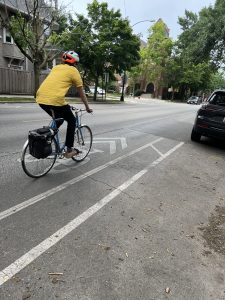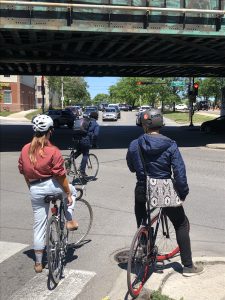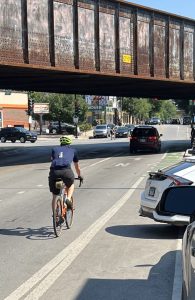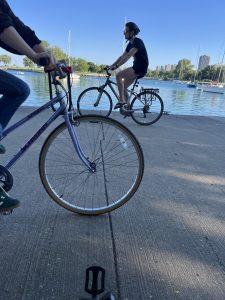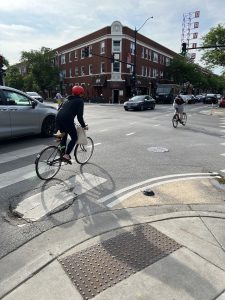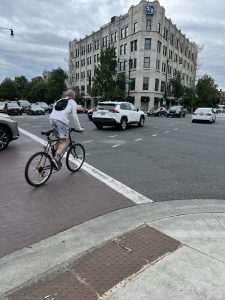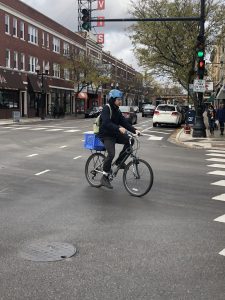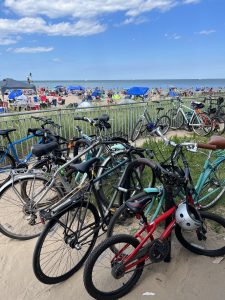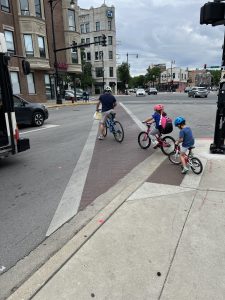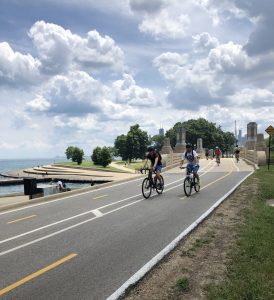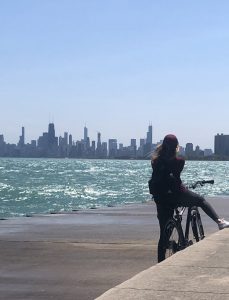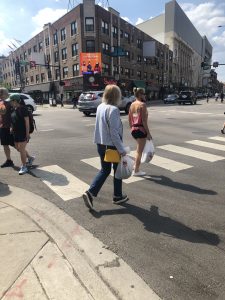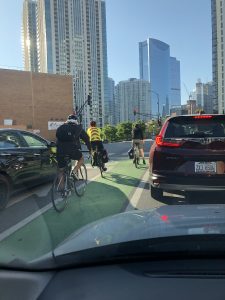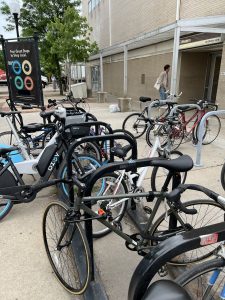Muchos de nuestros nuevos vecinos o migrantes optan por la bicicleta como su principal medio de transporte, ya sea por no disponer de un automóvil o por preferir una alternativa más sostenible y accesible. En este contexto, es fundamental conocer las mejores prácticas para protegerse de posibles lesiones al transitar por las calles de Chicago. El bufete de abogados de Chicago, Zneimer & Zneimer, se preocupa profundamente por nuestros nuevos vecinos y desea enfatizar la importancia de ser ciclistas seguros en la ciudad. Entendiendo los riesgos y estando informados sobre cómo navegar el entorno urbano de manera segura, los ciclistas pueden disfrutar de los beneficios de este medio de transporte mientras minimizan la posibilidad de accidentes y lesiones.
Tras revisar el caso de Alave v. City of Chicago, se hace evidente que el panorama legal para los ciclistas que navegan por las calles de la ciudad presenta desafíos matizados, particularmente cuando los accidentes ocurren fuera de áreas designadas para bicicletas. La decisión de la Corte Suprema contra el señor Alave subraya una distinción crítica en las protecciones legales para los ciclistas, dependiendo de si se clasifican como usuarios intencionados o simplemente permitidos de la vía.
En este caso, el señor Alave resultó lesionado tras encontrarse con un bache mientras montaba su bicicleta cerca de una estación de compartición de bicicletas Divvy, no en un camino designado para bicicletas. El argumento legal central se centró en si la ciudad tenía un deber de cuidado hacia el señor Alave, encontrando la corte que, dado que no estaba en una ruta designada para bicicletas, se consideraba un usuario permitido pero no intencionado de la carretera. Esta clasificación impactó significativamente en la evaluación de la corte sobre las responsabilidades de la ciudad hacia él en el momento del accidente.
La distinción entre usuarios intencionados y permitidos influye fundamentalmente en el grado en que los municipios deben garantizar la seguridad de los diferentes usuarios de la carretera. A los usuarios intencionados, como los automovilistas en las carreteras o los ciclistas en caminos designados para bicicletas, se les debe un mayor deber de cuidado, que abarca el mantenimiento regular y las medidas de seguridad. Por el contrario, los usuarios permitidos, aunque legalmente autorizados para usar el espacio, pueden no beneficiarse del mismo nivel de medidas de seguridad proactivas.
La decisión de Alave resalta la importancia de que los ciclistas comprendan las implicaciones de dónde eligen montar. También plantea preguntas sobre la adecuación de la infraestructura actual y los marcos legales para proteger a los ciclistas, especialmente en entornos urbanos donde los caminos designados para bicicletas pueden no conectar de manera continua o cubrir todas las áreas frecuentadas por ciclistas.
Para las personas afectadas por incidentes similares, este caso enfatiza la necesidad de experiencia legal en casos de lesiones personales que involucren accidentes de bicicleta. Zneimer & Zneimer P.C., con su profundo entendimiento de la ley de lesiones personales y dedicación a abogar por los derechos de los ciclistas, está listo para asistir a aquellos que navegan las secuelas de tales accidentes. El enfoque de la firma es examinar meticulosamente los detalles de cada caso, aprovechando su conocimiento para abogar por un trato justo y una compensación adecuada para los ciclistas, independientemente de su estatus técnico como usuarios de las vías. Continue reading
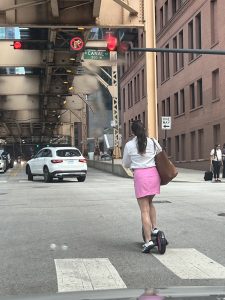
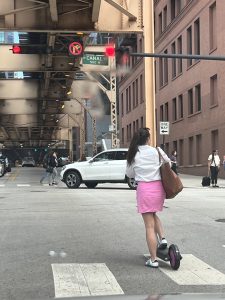
 Chicago Accident Lawyer Blog
Chicago Accident Lawyer Blog


